How Do I Program a Duress Code to my DSC Impassa?
The DSC Impassa supports a total of 16 secondary user codes. Any of these codes can be assigned the attribute of Duress. The Duress Code, while arming or disarming the system, will also send a silent panic message to the central station. Use this code if ever forced to disarm by an intruder.
Duress is defined as, "Any action brought to bear on someone which causes them to do something against their will or better judgement." An example of when a Duress Code might be needed would be if an intruder forces their way into a protected building along with a valid user. The intruder then forces that user to disarm their system or suffer some form of consequences. In this situation, the user could disarm the system using the Duress Code. The system would disarm normally, while a silent message is sent to the monitoring station. This will let them know that the disarm occurred while the user was under duress.
Choose a Duress code that all alarm system users can remember, particularly in a stressful situation. Users often choose to use the code 2580, as it utilizes the numbers straight down the middle of the keypad. However, this is relatively common knowledge. If an intruder sees a user disarm with this code, they may know that in addition to disarming the system, the user is also asking for help from the monitoring station.
Once a Duress Code is selected, the first step will be to add the user code to the DSC Impassa System. Any user 01 through 16 can be given the Duress attribute. More than one code can be programmed for Duress if desired. This might come in handy if you have multiple system users who can't agree on a Duress Code to use. Once the code has been added, follow the steps below to assign the Duress attribute.
1. Enter attribute programming. At the DSC Impassa, enter the command [*] + [5] + [Master Code] + [9]. The default Master Code is 1234.
You will see this screen:

This is showing information for User Code 01. The P to the right of the user number indicates that a code is programmed for this user number. You can use the right arrow to move between user codes, or you can enter in the 2-digit user number you wish to make changes for.
Below is shown a user with no code programmed:
2. Assign the attribute. Once the correct user is displayed, press [*]. You can use the right and left arrow keys to scroll through all of the available attributes. However, if you only plan to change the Duress attribute, you can simply press the number 2. This will toggle the Duress attribute from Off to On and display it on the screen.
The images below show the Duress attribute disabled, then enabled:
3. Exit user programming. When all attributes have been properly programmed, press the [#] key, repeatedly if necessary, until you are returned to normal operation.
The chart below lists all of the available user attributes:
| Attribute Number | Description |
|---|---|
| 1 - Supervisor | This code can be used for validation when using the [*][5] User Code Programming section and [*][6] User Functions section. With this attribute enabled, the code can only make changes to other codes with equal or lesser authority. The Supervisor code can also create bypass groups when an access code is required to enter [*][1] Bypassing. |
| 2 - Duress |
|
| 3 - Bypass Zones | This user can manually bypass zones when a user code is required to bypass. |
| 4 - Phone Access | This attribute is used to specify which users can access the system remotely via the POTS phone line. NOTE: After 5 invalid access attempts, remote access is locked out for 60 minutes. During this time, the use of a valid access code will not reset the timer. |
| 7- Bell Squawk | With this attribute enabled, the panel will squawk the bell if the user arms using the Away function key plus a user code. This will also occur if the Away key is pressed on an identified wireless key. |
| 8 - One-Time-Use Code | A code with this attribute provides unlimited arming, but it will only allow one disarming per day. Every day at midnight, the one-time-use timer resets. |
Did you find this answer useful?
We offer alarm monitoring as low as $10 / month
Click Here to Learn MoreRelated Products
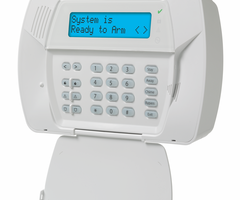
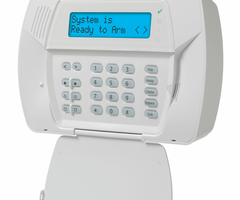
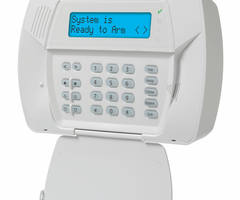
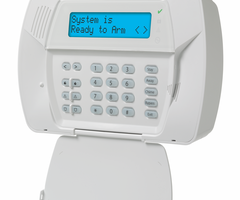
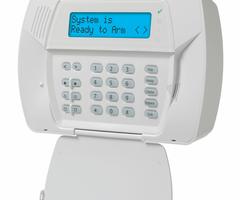
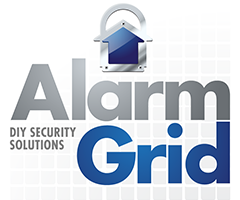
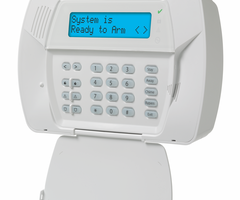
Related Categories
- Home Security Systems
- Business Security Systems
- Apartment Security Systems
- Small Business Security Systems
- Monitored Home Security Systems
- DIY Wireless Security Systems
- Answered
- Answered By
- Julia Ross



